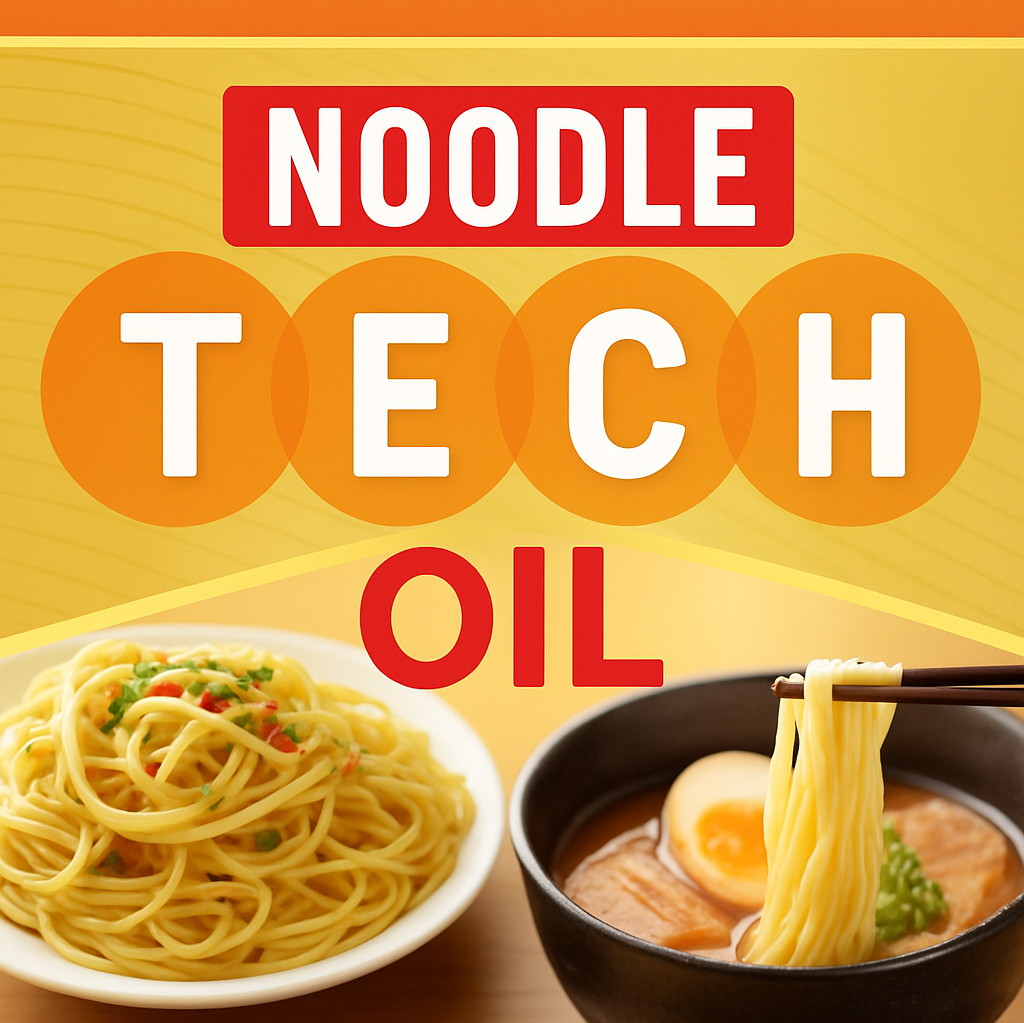In recent years, the prices of many ingredients have risen sharply, making restaurant management increasingly challenging. One effective way to reduce costs is by rethinking the cooking oils used in daily operations.
In this column, we highlight the advantages and capabilities of Blended Sesame Oils and Low-Sesame-Ratio Sesame Oil Blends, while introducing a recommended product. These solutions can help foodservice businesses both improve cost efficiency and strengthen their menus.
Contents
Advantages of Blended Oils
What Are Blended Sesame Oil?
These products combine sesame oil with soybean oil, canola oil, or other vegetable oils. They preserve the unique aroma of sesame oil while offering new usage options and cost benefits.
Cost Benefits of Blended Sesame Oils
Pure sesame oil is versatile—used from light seasoning to stir-frying and deep-frying—but its price can limit frequent use.
By contrast, Blended Sesame Oils and Low-Sesame-Ratio Sesame Oil Blends are more affordable while still delivering sesame’s signature aroma. Their mild flavor makes them easy to use, allowing restaurants to incorporate sesame oil without worrying about high costs.
Versatility and Ease of Use
These blended oils not only reduce costs but also make it easier to enjoy sesame’s flavor across a wide variety of dishes. The aroma is subtle and well-balanced, making them suitable for multiple cuisines.
For restaurants that already mix sesame oil with other oils, pre-blended products save time and effort. They support efficiency while enabling chefs to expand menus and innovate.
Recommended Product: Nissin Superior Sesame Oil
Among low-sesame content blended oils,Nissin Superior Sesame Oil stands out as a particularly attractive option. We will now discuss some of the defining features of this product and how it can be used.
What is Nissin Superior Sesame Oil?
Nissin Superior Sesame Oil blends canola oil with fragrant sesame oil at a unique ratio. Even with a lower percentage of sesame oil, it delivers a savory sesame aroma suitable for seasoning, dressings, or cooking.
Its balanced flavor profile makes it ideal not only for Chinese cuisine but also Japanese and Western dishes. Sold in large-volume cans, it has been trusted in Japan’s foodservice market for nearly 40 years.
Cost Advantages
Thanks to its unique blend, this oil maintains a rich sesame aroma while reducing the sesame oil content, making it an effective cost-control solution. Restaurants can now offer sesame-flavored dishes—even in frying applications—at a more affordable price point.
Taste Profile
Despite being priced closer to salad oils, this blend delivers a distinct sesame flavor. By combining heat-stable canola oil with roasted sesame oil, it provides a fragrant yet light taste that suits a wide variety of dishes, from rice and noodles to salads, meat, and seafood.
Simply replacing salad oil with this product can inspire new menu ideas. With growing consumer interest in healthier dining, sesame-flavored menus can help boost customer satisfaction and brand appeal.
Get Inspired: Recommended Recipes Using Nissin Superior Sesame Oil
Looking for some inspiration? Here are some ideas to get you started:
The Perfect Balance of Sesame Flavor: Shirasu and Nagaimo Sesame Ajillo

Simmered in Nissin Superior Sesame Oil, this Japanese-inspired twist on ajillo has a delicate sesame aroma that enhances the natural flavors of traditional Japanese ingredients.
A Classic with a Rich Sesame Twist: Salmon Sesame Carpaccio

Nisshin Ginjirushi Tenho Sesame Oil gives this refreshing East-meets-West dish a balanced rich salmon flavor with a light sesame oil aroma. Perfect as a Japanese-style side dish or as an appetizer in Western-style cuisine.
Beef and Herb Salad with Sesame Dressing

Sesame flavor adds depth to this refreshing dish. Create a rich, indulgent dressing without the work using our pre-blended Nissin Superior Sesame Oil.
The above are just a few ideas to get you started, but the possibilities are truly endless.
Sesame oil can also be used creatively in desserts—for example, adding a drop to ice cream or pairing it with traditional sweet bean paste for unique flavor variations.
Blended Sesame Oils: A Practical Path to Lower Costs and Better Menus
Sesame oil is a staple flavor that adds richness to dishes, but cost concerns often limit its use. Blended Sesame Oils and Low-Sesame-Ratio Sesame Oil Blends maintain authentic flavor while offering a budget-friendly alternative.
Among them, Nissin Superior Sesame Oil combines the benefits of both sesame and canola oil. Light yet aromatic, it helps restaurants expand their menus without excessive cost. By lowering expenses while maintaining flavor, restaurants can increase menu variety, customer satisfaction, and profitability.




